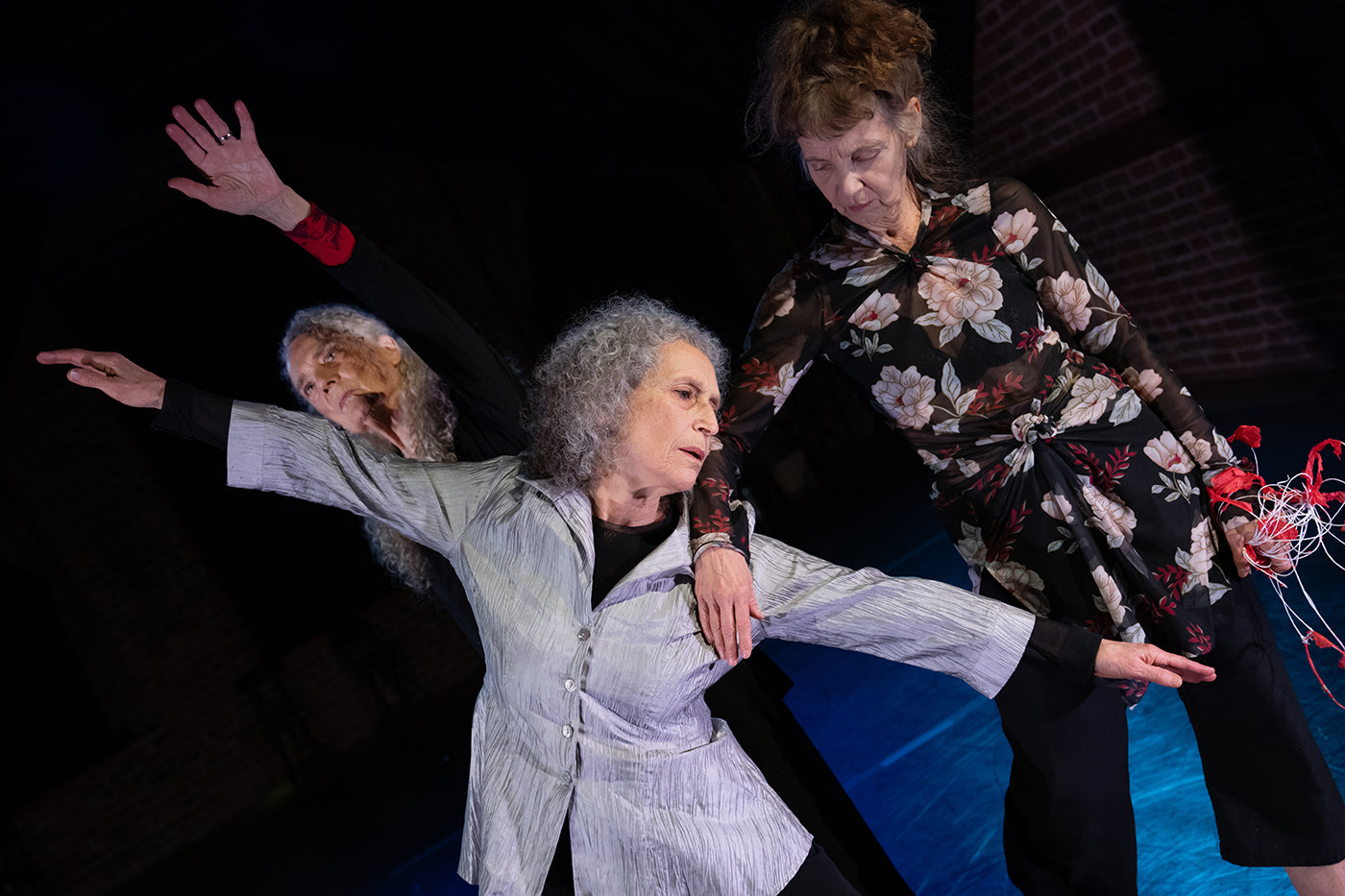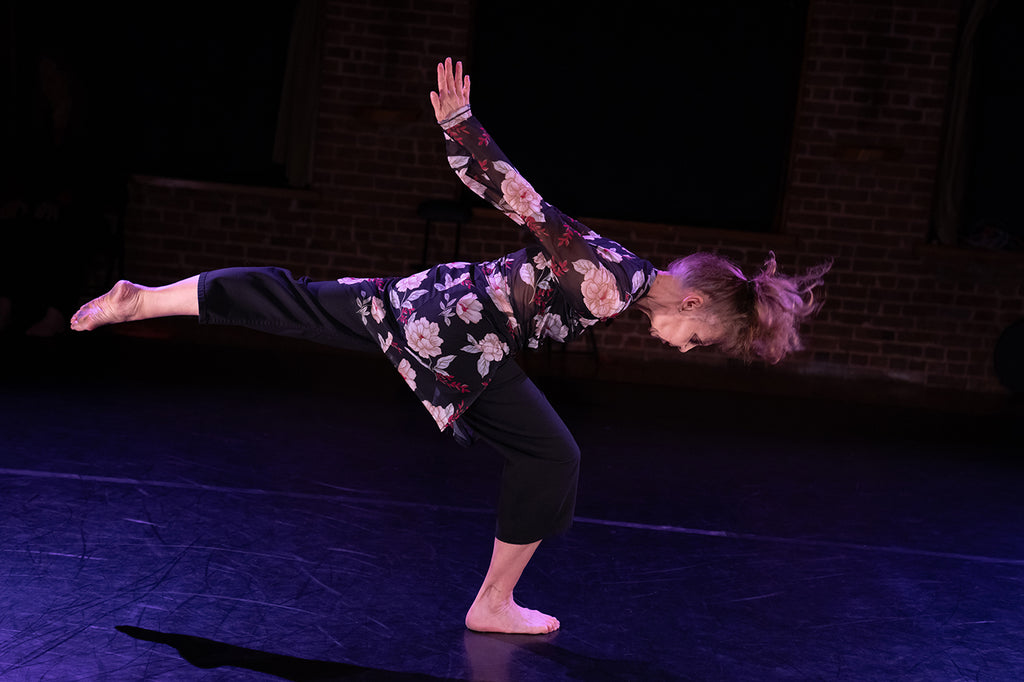Talent Time
It’s “Nutcracker” season at San Francisco Ballet—36 performances packed into three weeks—which means that the company is currently serving two distinct audiences.
Continue Reading
World-class review of ballet and dance.
Last week as certain ageist opinions were being aired in Washington, D.C., five performers in a tiny NYC East Village theater quietly made a case for the power of creative longevity. “Unstill Life,” created and performed by Rinde Eckert, Risa Jaroslow, Margaret Jenkins, Jon Kinzel, and Vicky Shick, presented by David Parker and the Bang Group, opened for the first of four sold-out shows. The bicoastal project will continue March 21–24 in Oakland, CA. Clocking in at barely more than 30 minutes, the show is intimate and fleeting. Like life, it seems to say, look away and you’ll miss it.
Performance
Place
Words



“Uncommonly intelligent, substantial coverage.”
Your weekly source for world-class dance reviews, interviews, articles, and more.
Already a paid subscriber? Login

It’s “Nutcracker” season at San Francisco Ballet—36 performances packed into three weeks—which means that the company is currently serving two distinct audiences.
Continue ReadingLast week I caught up with choreographer Pam Tanowitz and Opera Philadelphia’s current general director and president, countertenor Anthony Roth Costanzo to talk about “The Seasons,” the company’s latest production premiering at the Kimmel Center’s 600-plus seat Perelman Theater on December 19.
Continue ReadingIf Notre-Dame remains one of the enduring symbols of Paris, standing at the city’s heart in all its beauty, much of the credit belongs to Victor Hugo.
Continue ReadingWhen dancer and choreographer Marla Phelan was a kid, she wanted to be an astronaut. “I always loved science and astronomy,” Phelan said.
Continue Reading
What a beautiful review! I saw the show in Oakland. You captured it eloquently. Thank you.